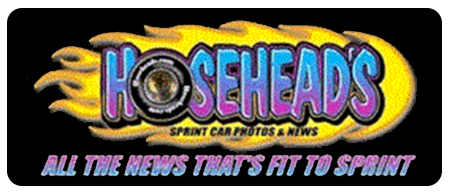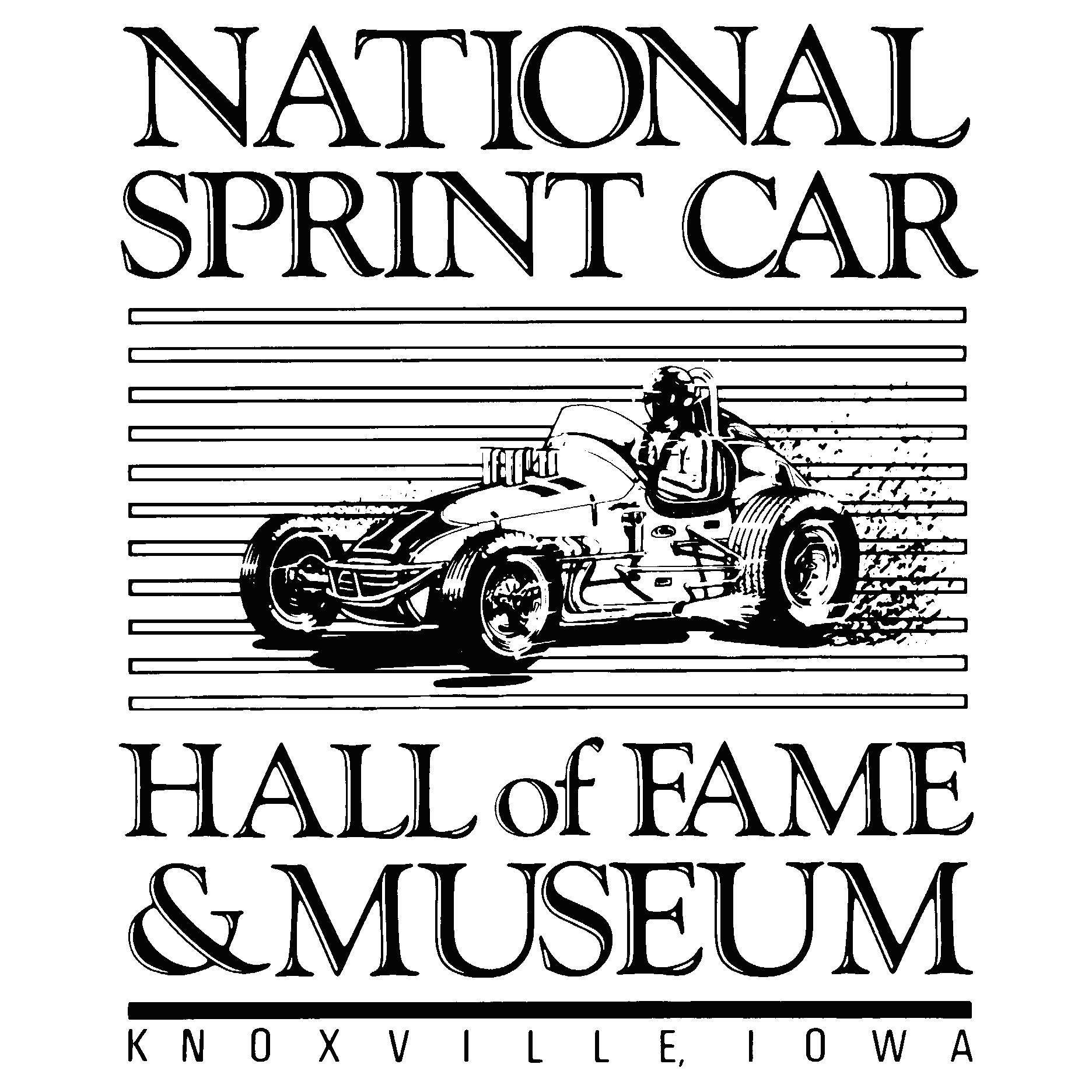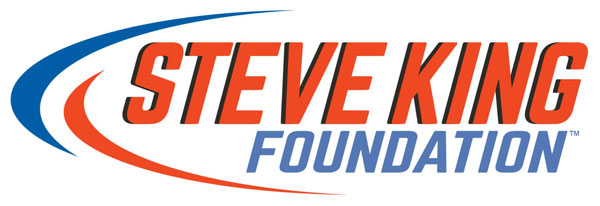NASCAR: Ty Dillon wants to take fans along for the ride
Photo by Jared C. Tilton/Getty Images
JOLIET, Ill.—Ty Dillon is thinking big picture: What can NASCAR do to make the sport more appealing to 20-somethings like him?
When the third-generation racer was born in 1992, NASCAR was on the rise and growing in prominence as a national sport. The stands were full. Seats at the Bristol Night Race weren’t available on a secondary market—they were willed to the next generation.
Dillon’s grandfather, Richard Childress, was the defending Cup championship owner and held the top Chevrolet team after winning his fourth title with Dale Earnhardt.
But times have changed. After Earnhardt died in 2001, NASCAR plateaued over the next decade, and Hendrick Motorsports surpassed RCR as the top Bow-Tie team. With seven seasons of NASCAR competition under his belt, Dillon left the fold to drive the No. 13 Geico Chevrolet for Germain Racing in a quest to establish his own path.
Three years into his Monster Energy NASCAR Cup career, Dillon is confident enough to make suggestions to enhance the sport. After expressing his ideas at Pocono Raceway, NASCAR followed up with Dillon. The results?
“I haven’t gotten the ‘come work for us’ response yet, but maybe one day,” Dillon said. “NASCAR has definitely reached out since some of my comments, and they seem somewhat interested. I haven’t heard anything from them recently, but before we went to Sonoma, we talked about some things, and it led to us running a live 360 cam inside the car to try to get some of these things in motion.
“The idea was cool, I just don’t think we got it pushed hard enough. Obviously, there were a lot of people that didn’t know about it. They left it up to me to promote it from my social, which I didn’t think was the best idea. I appreciate the honor of it, but we need to do a bigger and better job of promoting things like that so we have some fan interest to back some of these ideas. We had a great idea and we executed it, but we didn’t let enough people know about it from our platforms.”
Dillon realizes 20-somethings are not routinely investing six hours to come to race tracks or even three hours watching races on TV. He hoped to introduce a new dynamic by interacting with fans in a real time platform by allowing questions to be submitted throughout the race. The driver would gather the messages after the race and respond live via NASCAR’s Instagram account on the following Tuesday.
“The idea was great, the execution was not as solid that we wanted it to be,” Dillon said. “We need more out of everyone involved if we are going to push these things.”
The young driver isn’t giving up. He believes removing grandstands is more of a blessing than a curse. Dillon sees an opportunity to modernize the tracks with more fan friendly options.
“As technology grows, we’ve got to do things different,” Dillon said. “Sitting still in the stands is just not the way that the world is going to keep going. The fact that we’re taking out stands isn’t as bad of a thing as if we can find new ways to bring fans to the track in just a different way.
“We can take out stands and add entertainment decks and change the outlook. Tracks are doing a good job of adding more motorhome parking for fans. That’s the high-end kind of side, but we need for the college kids to sit by the track, listen to a concert, and watch the race. We need multiple dimensions of entertainment at our sport. We’ve got to get them here, because once they get here, they love our sport. Our sport is incredible. It’s one of the best live sports there is.”
Fan engagement cannot be underestimated. Dillon believes an easy way to accomplish that is taking people along for the ride. Live streaming from inside the cockpit would be a simple and effective way to offer fans behind-the-scenes access.
“If we had an in-car camera in every single car and each driver could live-stream that view from their social account, I think that would be big,” Dillon said. “It creates that interaction driver fan instantly. Now we get back to our phones and we go through and see and we can answer questions that they might have seen and we could replay it and go back through it with them.
“I know that’s kind of a controversy with the TV companies, but that’s something we’ve got to look forward to and there is no reason why we shouldn’t have in-car cameras in every single car these days, and provide more specific information for the specific fan. You can stream every minute of every sport on your phone right now. And the more access we give to a younger crowd, the more we’re going to attract that younger crowd.”
As an avid Braves fan, Dillon researched the demographics for the team’s viewership. He discovered that, while the club’s target TV audience is 50-60-years-old, on the Braves’ live-streaming app, the desired age base dropped by 20 years.
“So streaming on your phone has got to be big,” Dillon added. “You’ve got to use your platforms the way we can. I’m almost 30. I’m getting close to 30. I’m 27. But the younger the kids get, the more it’s on their phones. It’s AR/VR (technology) and we’ve got to adapt quicker than everybody else and get in these places.
“We have a sport that we can put people inside the car, and we’ve got to use it. We’ve got to use it to our advantage. We’ve got to use some kind of communication to put a driver communicating to a fan from inside the race car during the race. Whether everybody complains about it or not, it’s going to take us to another level as far as the future goes.
“There are a lot of things that they just need to stay openminded and honest about in regards to where we are at as a sport and focus on what we can do to keep it rolling. It takes a lot of people pulling in the same direction, but there are some clear obvious things that we can do that I feel like we can enhance our sport to take it to the next level. Sometimes it just needs to be said to get the ball rolling.”

.png)





